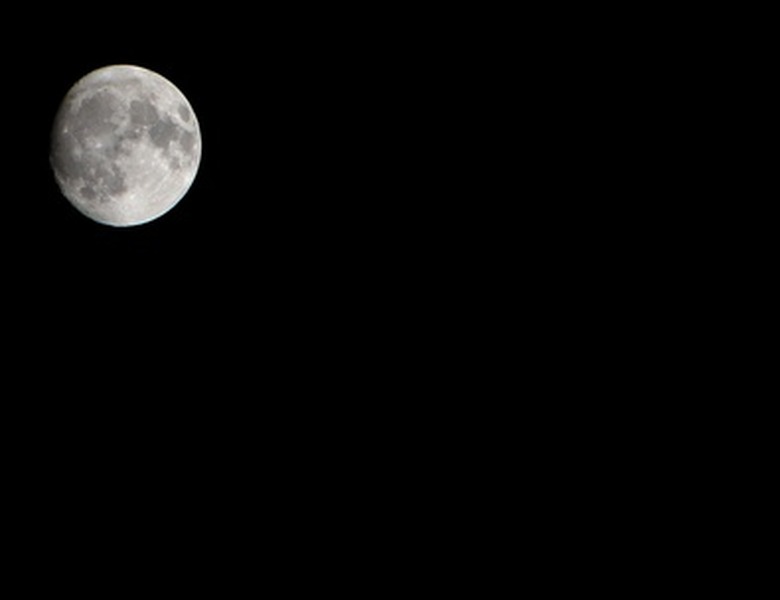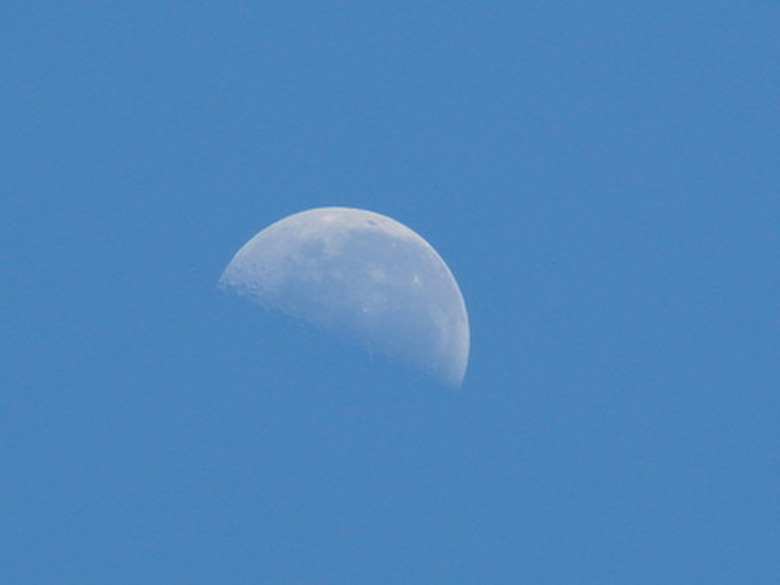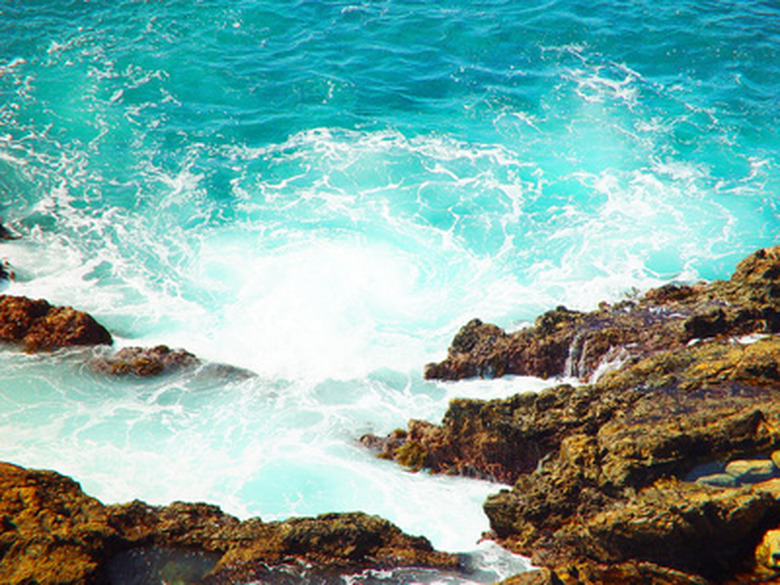The Moon & Its Effect On Our Weather
The moon is said to affect everything from tides to fertility, but some notions have more supporting evidence than others. While the consequence of the moon's actions upon the Earth is not completely understood, its gravity can have a quantifiable effect on many environmental factors, only subtly driving weather patterns.
Gravity of the Moon
Gravity of the Moon
The moon's smaller gravitational exertion in comparison to the sun's is contravened by its proximity to Earth. For instance, the moon is 2.17 times more effective than the massive sun in raising tides on Earth. When the moon does have an effect on weather, it is usually an indirect one. A variety of factors overwhelm the moon's influence, decreasing its role in most of Earth's weather patterns.
Tides
Tides
As the water moves along the Earth, the combined forces of the Earth's rotation and the gravitational pull from interstellar bodies such as the moon cause ocean levels to fluctuate continuously. A spring tide, which occurs when the moon is full or new, combines with the gravitational pull of the sun and causes a large difference between high and low tides. A neap tide occurs during quarter phases and works to cancel out the tidal effect from the sun, resulting in commensurate waves.
Ocean Currents and Weather
Ocean Currents and Weather
The tide of water is a factor in ocean currents, which in turn affect the weather of nearby landmasses by bringing temperatures more in line with the temperature of currents as they move about the Earth. Warm ocean currents bring warmer and rainier weather, and cold ocean currents bring colder and drier weather.
Atmospheric Tides
Atmospheric Tides
The moon also can contribute to fluctuations known as atmospheric tides, which are bulges and oscillations in the atmosphere similar to the way in which tides occur on water. Understanding atmospheric tides is important for understanding energy flow from the upper to lower atmosphere. However, the moon's effect, which is the combined force of oceanic motion and the moon's gravitational pull on the atmosphere, is much smaller than the sun's effect, which is mostly a product of solar heating rather than gravitational pull.
Atmospheric Pressure
Atmospheric Pressure
The moon does have a small effect on atmospheric pressure. However, the increase of pressure is a slight factor compared with others present in the atmosphere. Lower pressure tends to result in more inclement weather, while higher pressures tend to result in more tranquil weather.
Cite This Article
MLA
Stutsman, Jacob. "The Moon & Its Effect On Our Weather" sciencing.com, https://www.sciencing.com/moon-its-effect-weather-6315413/. 24 April 2017.
APA
Stutsman, Jacob. (2017, April 24). The Moon & Its Effect On Our Weather. sciencing.com. Retrieved from https://www.sciencing.com/moon-its-effect-weather-6315413/
Chicago
Stutsman, Jacob. The Moon & Its Effect On Our Weather last modified March 24, 2022. https://www.sciencing.com/moon-its-effect-weather-6315413/





